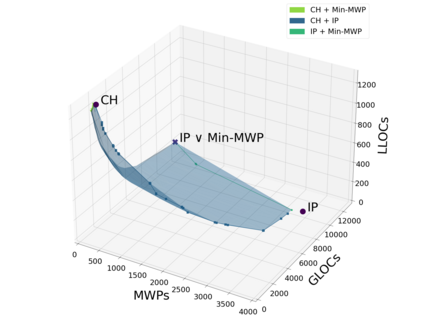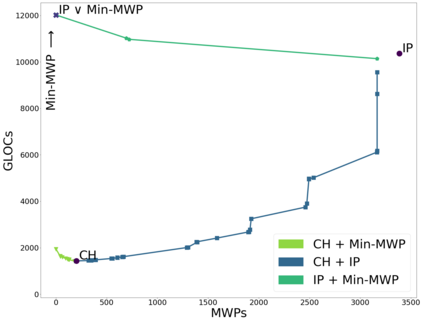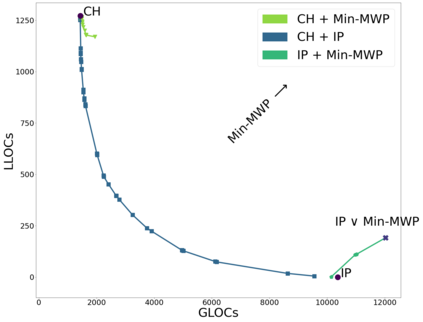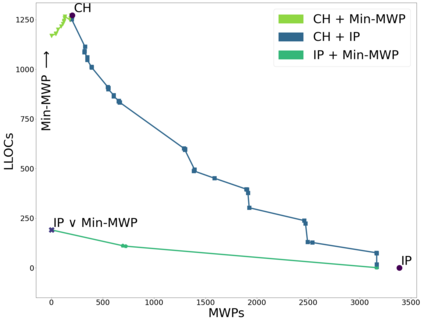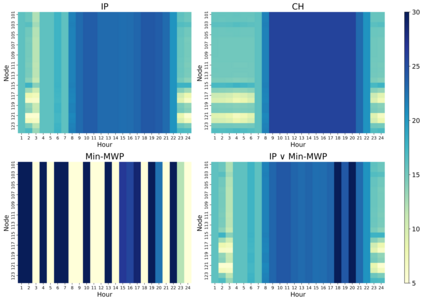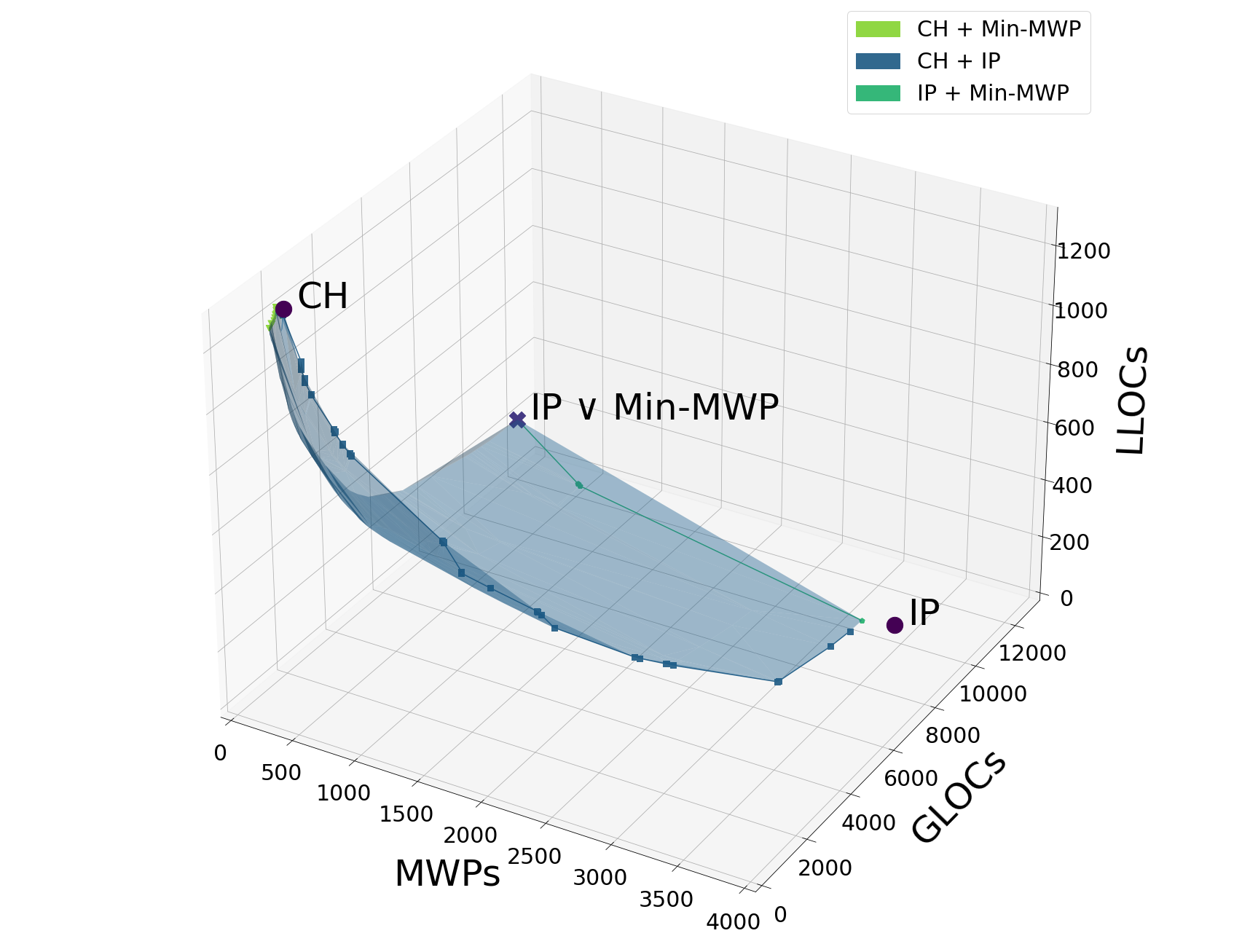Classical results in general equilibrium theory assume divisible goods and convex preferences of market participants. In many real-world markets, participants have non-convex preferences and the allocation problem needs to consider complex constraints. Electricity markets are a prime example. In such markets, Walrasian prices are impossible, and heuristic pricing rules based on the dual of the relaxed allocation problem are used in practice. However, these rules have been criticized for high side-payments and inadequate congestion signals. We show that existing pricing heuristics optimize specific design goals that can be conflicting. The trade-offs can be substantial, and we establish that the design of pricing rules is fundamentally a multi-objective optimization problem addressing different incentives. In addition to traditional multi-objective optimization techniques using weighing of individual objectives, we introduce a novel parameter-free pricing rule that minimizes incentives for market participants to deviate locally. Our findings show how the new pricing rule capitalizes on the upsides of existing pricing rules under scrutiny today. It leads to prices that incur low make-whole payments while providing adequate congestion signals and low lost opportunity costs. Our suggested pricing rule does not require weighing of objectives, it is computationally scalable, and balances trade-offs in a principled manner, addressing an important policy issue in electricity markets.
翻译:一般均衡理论的经典结果假定了市场参与者的商品和偏好的偏差。在许多现实世界的市场中,参与者有非精密的偏好,分配问题需要考虑复杂的制约因素。电力市场是一个突出的例子。在这样的市场中,沃尔萨价格不可能,实际上使用基于放松分配问题双重因素的粗略定价规则。然而,这些规则因高边价和不适当的拥堵信号而受到批评。我们表明,现有的价格超额定价优化了可能相互冲突的特定设计目标。权衡可以是实质性的,我们确定定价规则的设计从根本上来说是一个多目标优化问题,解决不同的激励因素。除了传统的多目标优化技术之外,我们还采用新的无参数定价规则,最大限度地减少市场参与者在本地偏差的刺激因素。我们的研究结果表明,新的定价规则如何利用了当今审查中现行定价规则的利弊。它导致低成倍支付的价格,同时提供适当的堵塞信号和低损失的机会成本。我们建议的定价规则并不要求目标的权衡,而是在不断调整的市场中进行贸易平衡。

